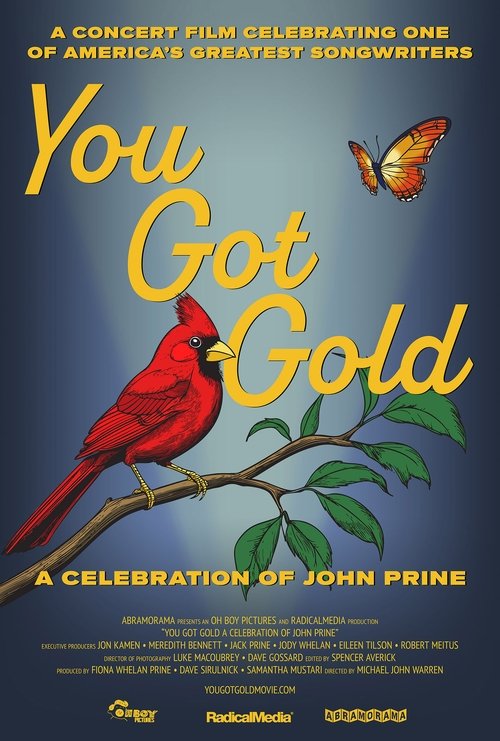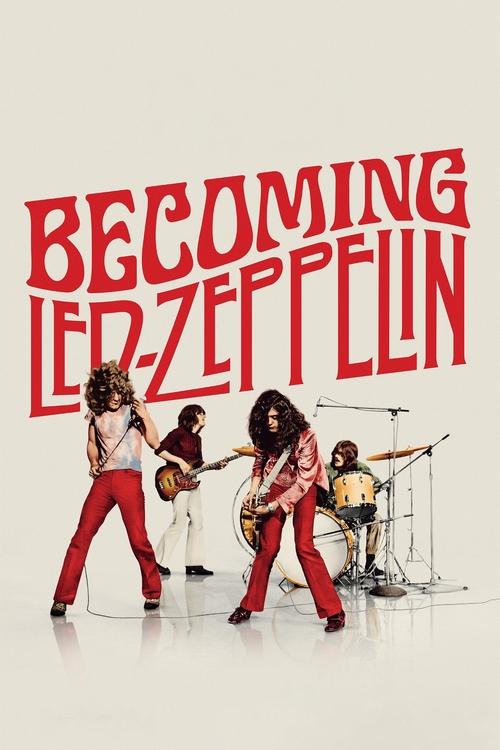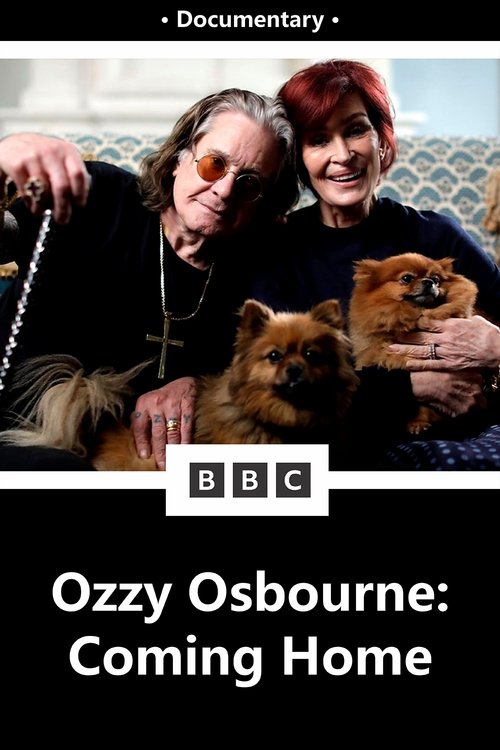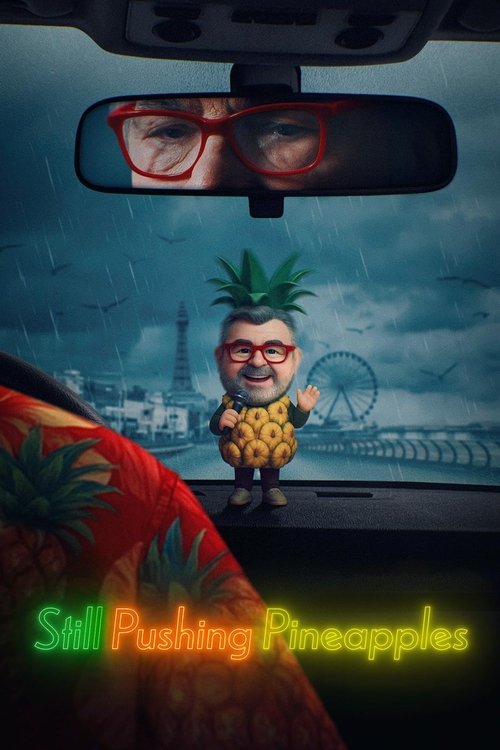
Ask Your Own Question
What is the plot?
Sorry, we aren't able to watch and write up a full detailed plot yet. Check back in a few days.
More Movies Like This
Browse All Movies →
What is the ending?
The ending of Bono: Stories of Surrender shows Bono performing the U2 song "The Showman" at Teatro San Carlo in Naples, delivering a beautiful and reflective finale to his intimate one-man show. This closing scene encapsulates the film's themes of identity, fame, and self-reflection, leaving the audience with a poignant sense of Bono's ongoing personal and artistic journey.
Expanding on the ending scene by scene: The film culminates with Bono on stage at the historic Teatro San Carlo in Naples, bathed in soft lighting that highlights the black-and-white cinematography's atmospheric tone. He begins to sing "The Showman," a U2 track that lyrically explores the strangeness and complexity of his public persona. The camera lingers on Bono's expressive face, capturing the vulnerability and depth behind the rock star image. The audience is shown captivated, their faces reflecting admiration and emotional connection.
Before this final performance, the film had taken the viewer through a series of intimate moments from Bono's 2023 Beacon Theatre show in New York City, where he shared stories from his life--his childhood marked by loss, the serendipitous meeting of his bandmates and wife Ali, and his activism. Throughout, Bono's storytelling is interspersed with live renditions of U2 songs, blending music and narrative seamlessly.
In the moments leading up to the Naples scene, Bono breaks the fourth wall, engaging directly with the audience and even staring at his own reflection in a mirror, a meta moment that underscores the film's exploration of self-examination and surrender to life's uncontrollable forces. This reflective pause sets the tone for the final song, which serves as both a summation and a new beginning.
The ending thus weaves together the personal and the performative, showing Bono not just as a global icon but as a man grappling with his identity, faith, and legacy. The choice of "The Showman" as the closing number highlights the film's key message about the tension between public image and private self, fame and humility, and the ongoing process of becoming. The audience's standing ovation and the film's immersive presentation format reinforce the intimate yet grand nature of this farewell moment.
Who dies?
Yes, characters do die in the movie Bono: Stories of Surrender (2025), specifically Bono's mother and father.
-
Bono's mother, Iris: She died during Bono's childhood in Dublin. Her early death is a significant emotional event in the film, described as leaving a "hole in his heart." The film reflects on this loss as a formative moment in Bono's life and personal development.
-
Bono's father, Bob Hewson: The film depicts the final moments of Bono's father's life, including an intense scene where Bono portrays his father's last breaths. The relationship with his father was complicated and tempestuous, and his death is shown as another profound emotional impact on Bono, nearly leaving "another hole in his spirit." The film includes a reenactment of Bob Hewson's final words and moments, emphasizing the emotional weight of this loss.
No other character deaths are described in the available information. The film is a documentary and performance piece focusing on Bono's personal life, relationships, and reflections rather than a narrative with multiple character deaths.
Is there a post-credit scene?
The movie Bono: Stories of Surrender (2025) does not have a post-credits scene. The film features a track titled "The Showman" playing over the end credits, but no additional scenes or extra footage appear after the credits conclude.
The film is a concert documentary and intimate one-man show capturing Bono's reflections and performances, but it does not include any post-credit bonus content or teaser scenes.
What personal relationships does Bono explore in the film?
Bono explores his relationships with family, especially his father, friends, and his wife Alison Stewart, highlighting moments like his father's subtle pride and his long marriage of over fifty years.
How does the film portray Bono's activism and social causes?
The film covers Bono's activism and fights against injustice, showing his awareness of his own privilege while engaging in pro-Africa and anti-poverty stances, and his reflections on the motivations and results of his social efforts.
What role does music play in the storytelling of the film?
Music is central, with Bono sharing life stories alongside U2 songs in an intimate show format, including performances that break the fourth wall and blend presentation with openness, emphasizing the connection between his songs and personal experiences.
How does the film address Bono's personality and public image?
The film reveals Bono's self-righteousness and pretentiousness at times, showing his ego and boldness, but also includes moments of humility and humor, such as anecdotes about his father and his own youthful unreasonableness.
What theatrical or stylistic devices are used in the film?
The film uses theatrical devices like breaking the fourth wall, staged conversations with his father, and reminders of the performance's constructed nature, blending storytelling with live concert elements to humanize and deepen the narrative.
Is this family friendly?
The movie Bono: Stories of Surrender (2025) is a documentary-style film focused on Bono's personal and artistic journey, featuring intimate storytelling, spoken word, and stripped-down performances. It is generally suitable for a broad audience, including fans of Bono and U2, but it is not specifically designed as a family or children's film.
Regarding potentially objectionable or upsetting content for children or sensitive viewers, the available reviews and descriptions do not mention explicit violence, strong language, or graphic scenes. However, the film includes raw emotional confessions and reflections on personal struggles, which might be intense or emotionally heavy for younger children or very sensitive individuals. The tone is contemplative and sometimes self-involved, with moments that lay bare personal vulnerabilities, but it does not appear to contain content that is overtly disturbing or inappropriate in a traditional sense.
In summary: - The film is not a typical family-friendly movie aimed at children. - It contains emotional depth and candid personal reflections that could be upsetting or challenging for sensitive viewers or young children. - There are no reports of explicit or graphic content that would be objectionable in a conventional way.
Parents or guardians should consider the emotional maturity of children before viewing, as the film's intensity lies in its introspective and artistic nature rather than in explicit content.






















